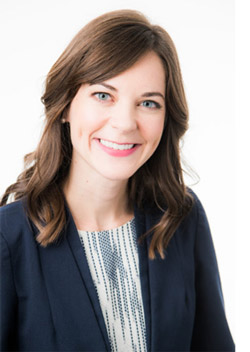
When can I retire?…a question of great significance to many individuals.
Laura Bereiter, CPA, CFP®, of White Oaks was quoted for answering this very question. The article consists of the Top 11 Retirement Planning Questions Clients Ask. Laura comments, “Our answer is often in the form of another question: ‘What does it cost to maintain your lifestyle today?’ We work to educate our clients that for every $40,000 of gross spending (including taxes) they need $1,000,000 in investment assets.”
Many people approach retirement with the assumption that their spending will decrease, from what it is today, once they retire. Rarely do we see our clients actually adjust their spending levels down in retirement. In fact, spending may increase in the early retirement years as hobbies are pursued and bucket-list items prioritized. The most beneficial thing anyone can do before retirement is to have a clear understanding of what it costs to maintain their lifestyle today.
Some retirement questions to ask yourself:
- What are your necessary expenses? Along with your mortgage, utilities, insurance, etc., this also includes healthcare and taxes.
- Are you spending money on things that bring you joy? Did your cabin once seem like the perfect family retreat, but now feels like a money pit that no one uses? Maintaining multiple properties can quickly double a budget without adding the same value as other experiences.
- What is the cost of things you want to have and/or do in the future? This may include vacations, home remodels, helping your grandchildren with college costs, etc.
Once you have your spending number, gross it up for estimated income taxes. Subtract from that any fixed income sources like Social Security, pensions and/or annuities. For example, your gross spending is $200,000, and $75,000 will come from Social Security and your pension. Then, the other $125,000 needs to come from investment accounts. But what does that investment account balance need to be? If we use the “for every $40,000 of gross spending (including taxes); you need $1,000,000 in investment assets”. You would need $3,125,000 to support $125,000 of withdrawals. Finally, compare the $3,125,000 with what you have set aside today. This should give you some clarity and/or direction with regards to your retirement situation.
While this advice may appear to be over-simplifying the retirement decision; we do know that so many other variables play into the ultimate answer. That is why White Oaks offers comprehensive financial planning. Contact us today to begin answering some of these retirement questions for yourself.

